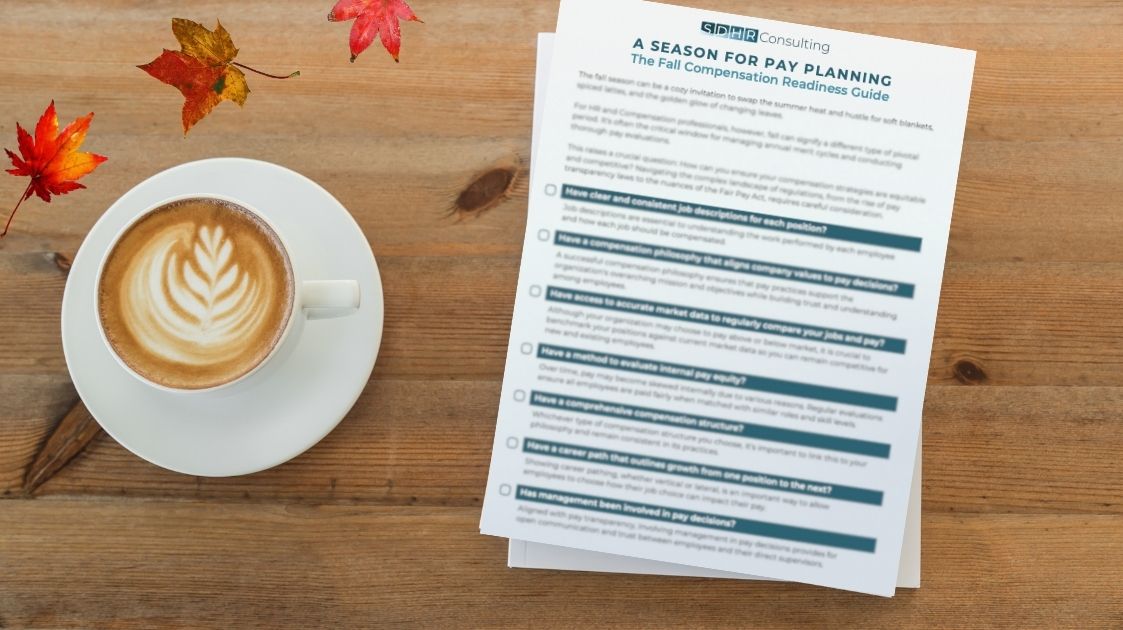
And the Search is On…
Tips for the Early Days in a Job Search
We have all been there, either in a job that no longer “sparks joy”, a layoff, or dare I say the F word, FIRED! I believe all things happen for a reason, and sometimes leaving or losing one role is a blessing in disguise, but now what? You may have been at that company for ten years, and it’s been a while since you worked your resume, let alone interviewed for a job, or maybe it’s your first job out of school and you don’t even have a resume!
Resume writing doesn’t have to be scary, there are many free resources along with paid options, where you can craft a sufficient resume with ease. Indeed compiled a list of important resume writing tips which you can find here. Once you have a presentable resume you are well on the way. Next step, job boards. You will want to post your resume on several boards. So which job boards? Coverage is key. Each organization has its own method for hiring which includes license and access to the job boards that best match their needs. As a candidate, it is hard to know where your dream company is looking for you so be the squeaky wheel on the job boards.
Most Common Boards:
- LinkedIn (yes this is a place to post and search, not just a requirement from HR)
- Indeed
- CareerBuilder
- ZipRecruiter
- Craigslist (still utilized by smaller companies and large alike due to its affordability)
Specialized:
- Dice for technical professionals
- TheLadders for those in the $100K+ salary range
- ClearanceJobs for those positions requiring certain military/government clearances
Non-Traditional:
- Community boards like on Facebook
- Neighborhood groups like Nextdoor
- Code repositories like GitHub
- Recruitment Agencies like SDHR
No one knows where they will find their next role, so opening up your search for greater visibility will only increase your odds of being viewed by the right person. Another tip to consider is including your LinkedIn profile on your resume. Depending on the job board, a recruiter or hiring manager may be able to view your resume but not access contact information due to their licensing or contract on said board, but if they are truly interested they will search to find a new method to contact you. By including your LinkedIn profile, you have now allowed them to pull your profile which reflects your resume but with personal facts such as your profile picture, companies and interests you follow, along with recommendations from colleagues and clients (we will dive deeper in a later post about how to beef up your LinkedIn profile). I also encourage you to include your email and/or cell phone in your LinkedIn summary, as it is a sure sign to companies that you are interested in being contacted. Even if they don’t have the Cadillac of LinkedIn licenses where they can reach out, you have just given them a back door and the ability to connect.
Finally, keep a spreadsheet with the links to where you applied, along with a link to the company site and date applied. This is also a great place to store your login and password for some of the corporate sites that require you to create a profile.
While this may sound like additional work, searching for a job is work! Indeed, one of the leading job boards globally posts 10 new positions a second! Research new positions and companies daily, do a daily sweep of all job boards, and continue to learn more about the industry and audience of any companies/jobs where you have applied and may be under consideration for an interview or hire. Your tracking spreadsheet mentioned above will keep all this information at your fingertips. If you receive a call from a recruiter or hiring manager for a job you applied for weeks ago, there is a good chance you might have forgotten the company or positions specifics (rightfully so after the hundreds of postings you will have reviewed by now). Creating and maintaining your spreadsheet (don’t forget the hyperlinks) will allow you to quickly access the information and to be present as an organized and prepared candidate, first impressions still count!
I look forward to sharing more thoughts in the future on interview tips for success but hope this helps you to get started on the way to your next dream job!
How SDHRC Can Help
We hope these tips will help you get started on your job search and land the perfect job! Make sure to explore open job opportunities on our ‘Job Opportunities’ page and learn why working with SDHRC is so rewarding on our ‘Work With Us’ page.




